Crowding in the backcountry is a thing. More users. More access to route information. More people seeking a little peace and quiet and, if they are lucky, some fine turns. Unless you can walk/skin out the door, we primarily access backcountry trailheads and entry points by car. All those cars need to be parked somewhere.
If a lack of deep light powder snow has you up in arms, a lack of parking on a powder day likely has you, at best, idling with some tunes playing, with an elevated heart rate and spiking cortisol levels. For wintertime backcountry enthusiasts, the parking problem on Washington’s Snoqualmie Pass recently became more complex. The Summit at Snoqualmie, which owns and operates four ski areas on the pass, Summit West, Summit Central, Summit East, and Alpental—all separated by ~ 1 mile of state interstate—announced a new, more restrictive parking system for the 24-25 season.
Here are the basics according to the company:
- Parking permits will be required in all lots between 7am and 2pm daily, from Nov. 18th – Apr. 30th.
- Permits are “free” for pass holders. Season pass holders receive a parking permit. (Each pass holder can use up to two vehicles/pass/parking permit)
- People purchasing “flex-pack” passes receive parking permits.
- Ikon Pass holders pay $5/day for parking.
- Day-use ski ticket holders pay $5/day for parking.
- For Uphillers, parking is included with the uphill pass, with some restrictions. The ski area’s documentation adds, “Peak-day parking restrictions still apply and parking in the wrong lot will result in a citation and fine.” An uphill pass costs $45 for the season. Uphill skier parking is limited to specific lots on peak/weekend days.

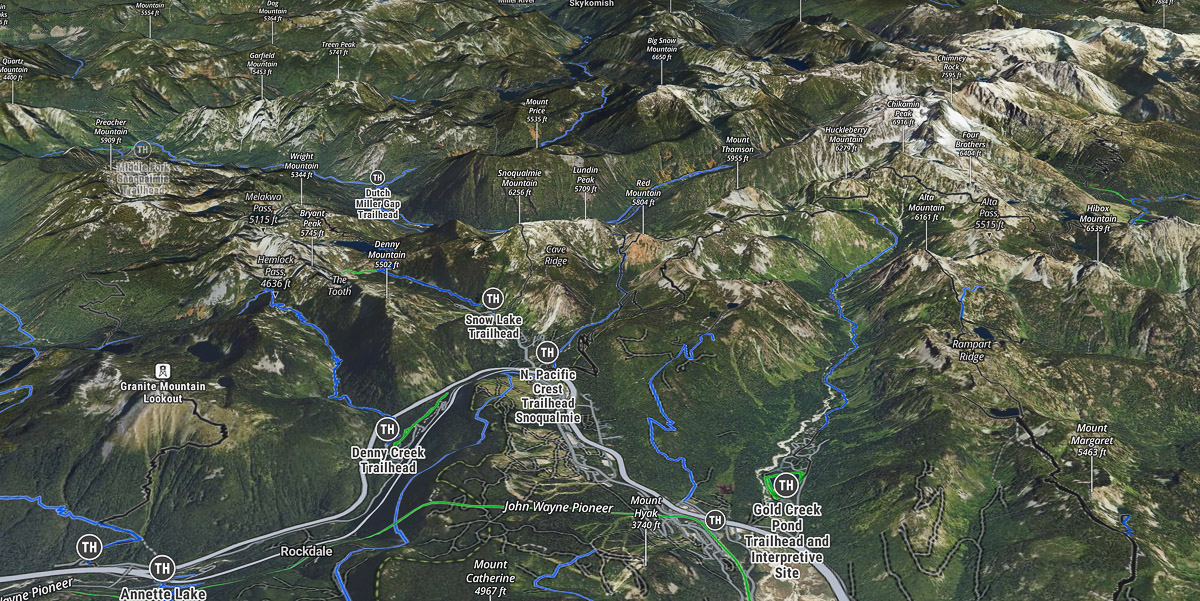
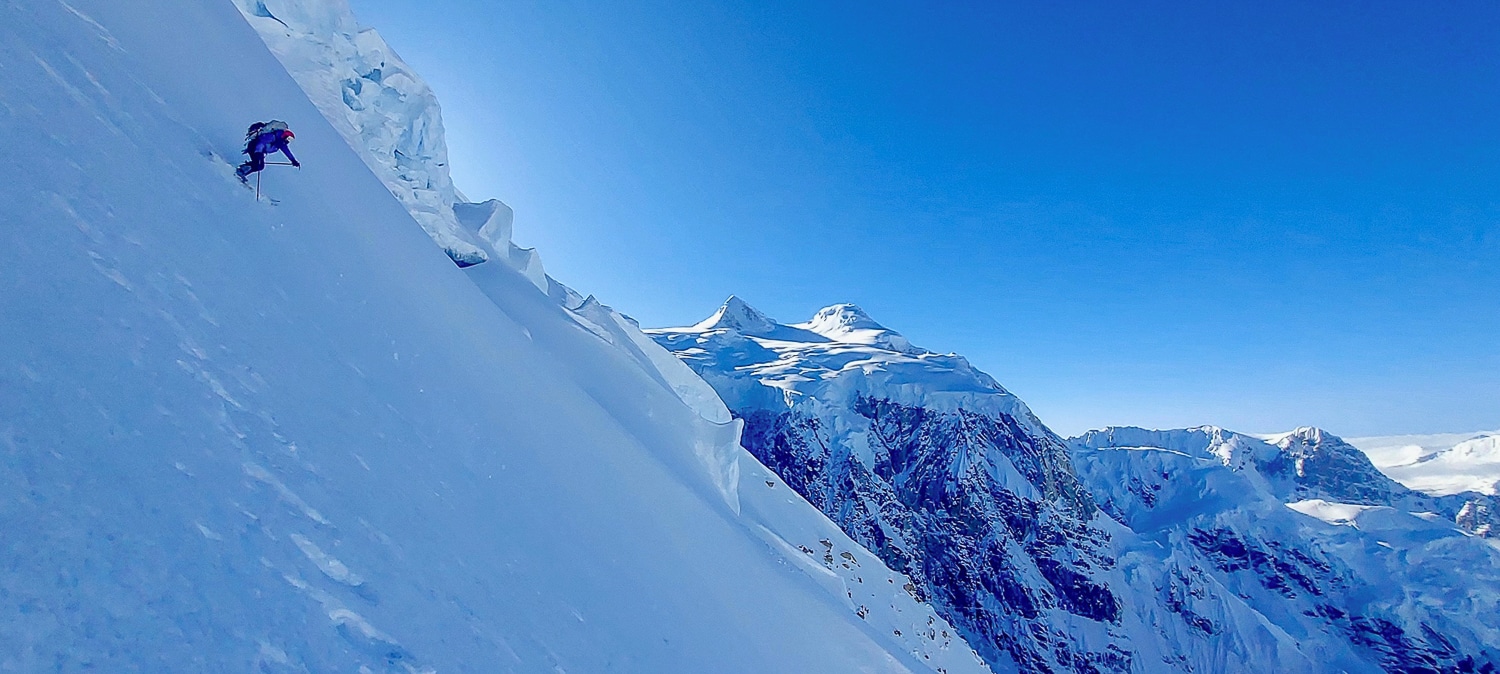
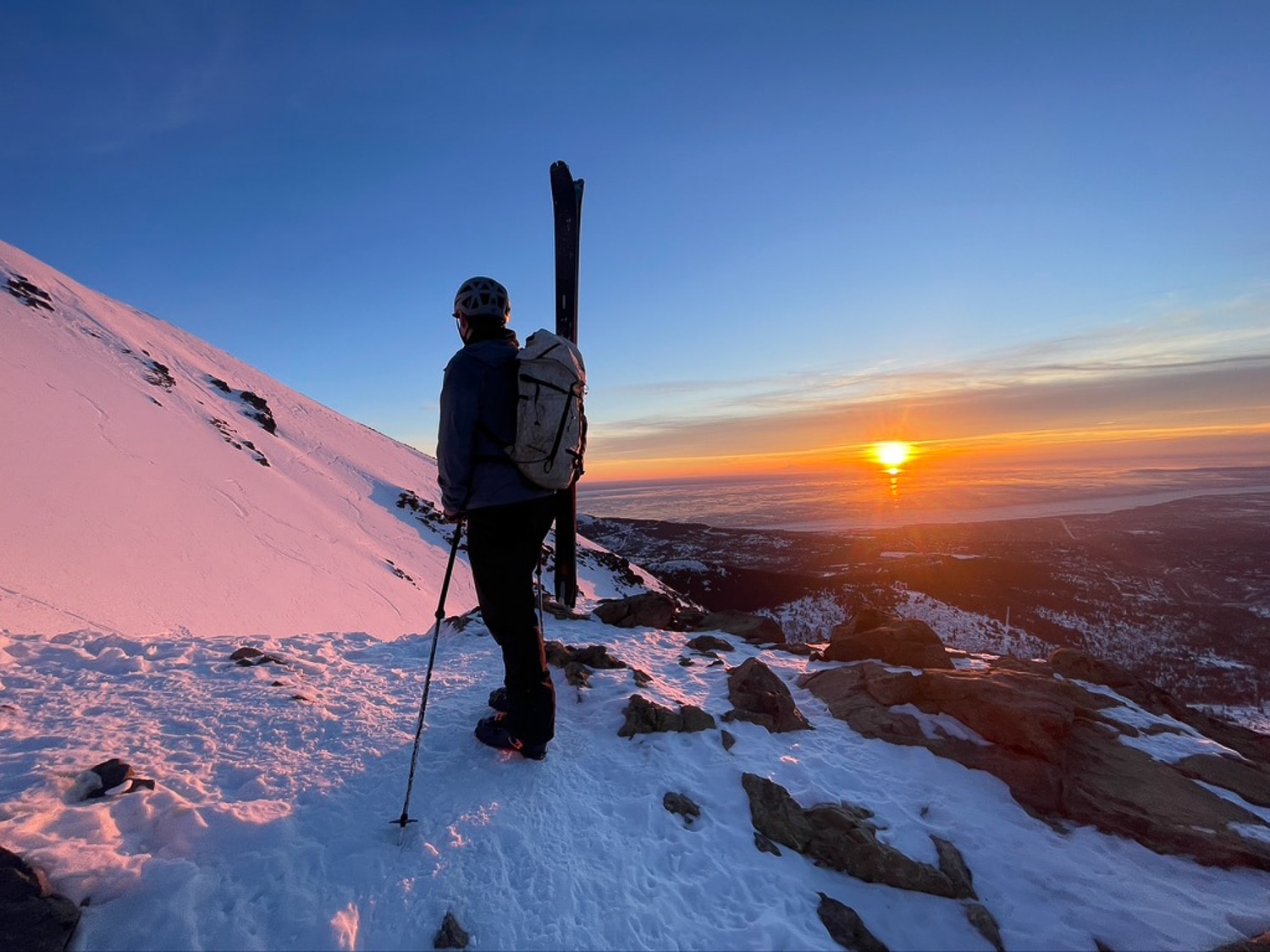
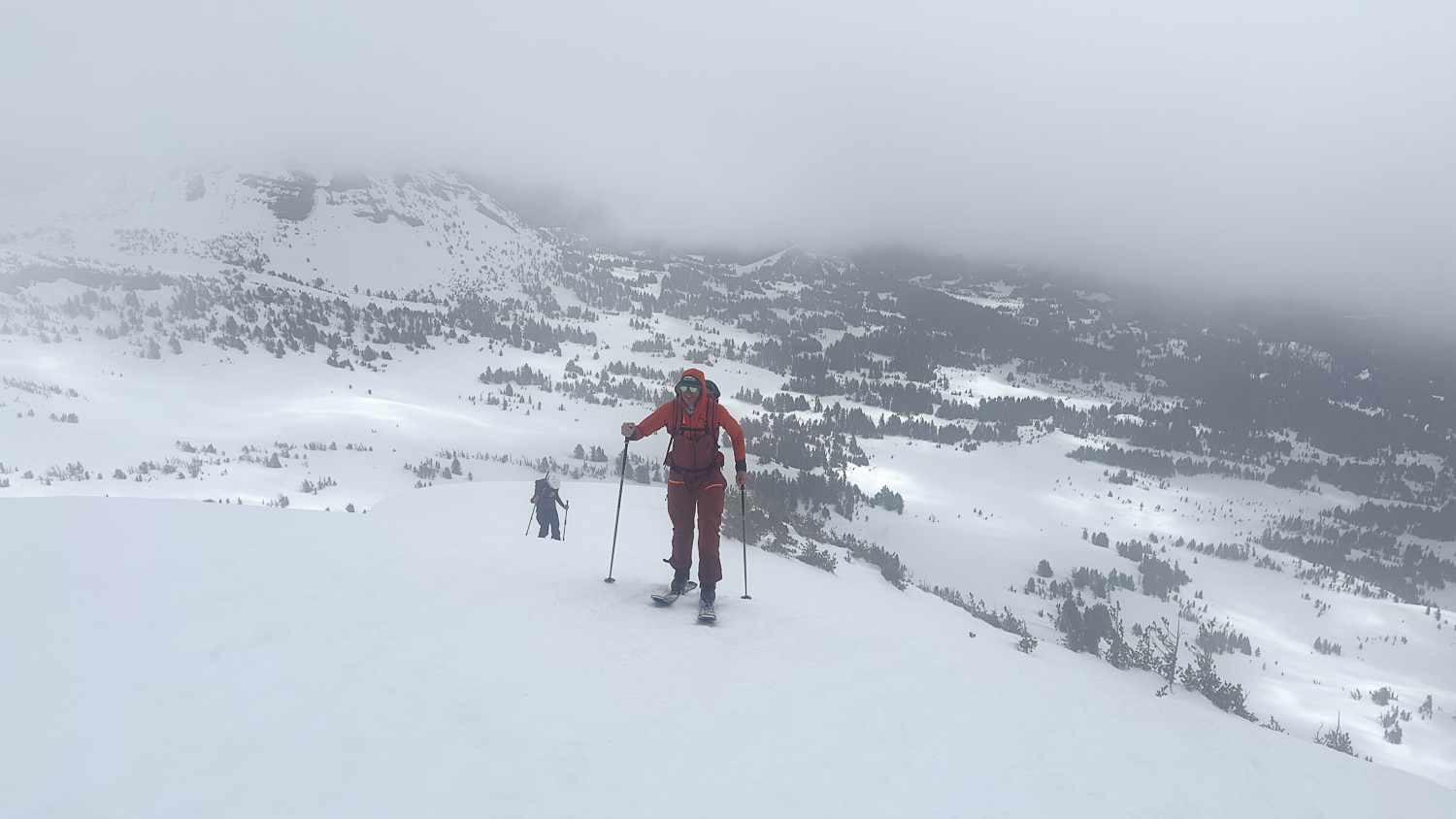
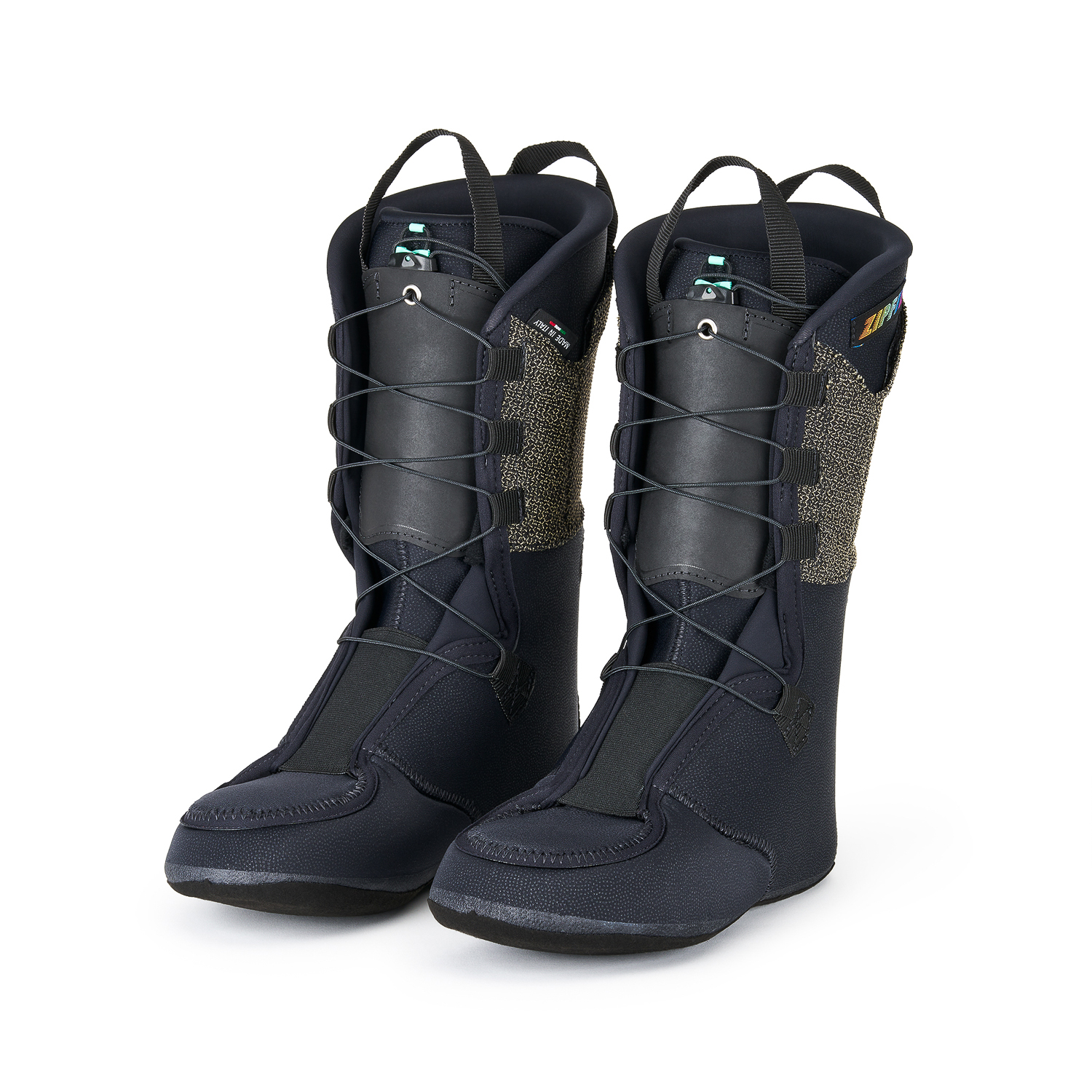
Leave a Reply
You must be logged in to post a comment.